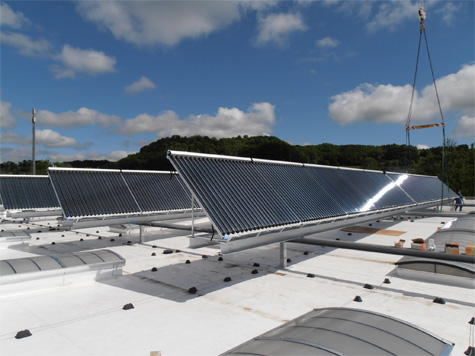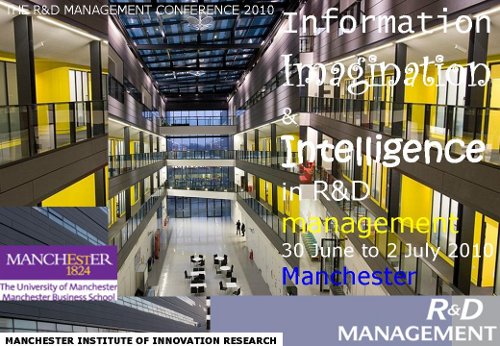
R&D campuses are usually built in stages, evolving over time in response to the present – or more often than not, past – requirements of institutes and companies seeking to develop their future ideas, services and products.
Financial constraints, short-term demands and delays in planning and construction make it difficult to integrate and thus take full advantage of the “golden triangle” of people, organization and space. But is this really the case? Planners of R&D environments and campuses may find it astonishing how little information there is available to support R&D facilities design from laboratories and buildings as such to larger environments like campuses. For example there seems to be very little or almost no existing research into researchers’ needs and R&D processes within a larger spatial context – information that could support the tailored gathering of user requirements for campus design projects. The closest thing to it is the work done by Thomas Allen and others to analyze communication behavior and the spatial correlation between communication and architecture – but while this information is certainly important, it only partially applies to R&D work spaces and even less so to campus design. To date, no literature or comparative studies have been published on R&D campus design.
So what makes a successful R&D campus? Our starting point was to look at how the R&D campuses of world-class universities and successful companies are designed, so we recently drew up a list of prime examples based on certain criteria. We collected examples from both the industrial and academic research communities, basing our selection on rankings such as the Forbes Global 2000 and Fortune 500 (industry) as well as ARWU and SIR World Report (academia). We filtered these rankings according to certain criteria that defined the kind of campus we were interested in. For example, academic campuses had to be polythematic, with at least 5 different scientific disciplines. Among the top scorers of those we filtered out were the campuses of companies such as Microsoft, Novartis and Gazprom, and academic institutions including the University of Cambridge, MIT, the Swiss Federal Institute of Technology and the Tokyo Institute of Technology.
Common design factors shared by the campuses listed above include:
- two circulation systems that separate logistics from pedestrian traffic
- centralization of services such as libraries, main cafeterias and administration departments
- R&D buildings within walking distance (under 500 m) of central services
- R&D buildings have on average four floors (incl. ground floor)
- between 21 and 30 percent of the campus area is green and recreational space
Overall, these factors indicate that effective interaction and good access to amenities were design priorities. Of course, designing or re-designing campuses with the factors above in mind does not guarantee higher IP revenues or the awarding of a Nobel Prize, but it does demonstrate a somehow approved approach to campus design. It is also worth mentioning certain differences that exist between the campus designs, as these might be areas in which industry and academia can learn from one another. For example, whereas the average proportion of admin:research staff on academic campuses is 1:4, it is 1:20 on industrial R&D campuses. By contrast, the academic campuses provide more areas for sports with roughly 11 percent space compared to only 5 percent on industrial campuses.
The following link shows the development stages of a campus master plan that Fraunhofer IAO was involved in developing for an R&D institute in Riyadh, KSA. The design scheme follows the above-mentioned principles and includes a high degree of interaction and networking between different centers and functions on campus: http://www.l-a-v-a.net/projects-de-DE/kasct-masterplan-de-DE/
Links:
- Conference Website: http://www.rnd2014.iao.fraunhofer.de
Jörg Castor (re-posted from http://blog.iao.fraunhofer.de)


